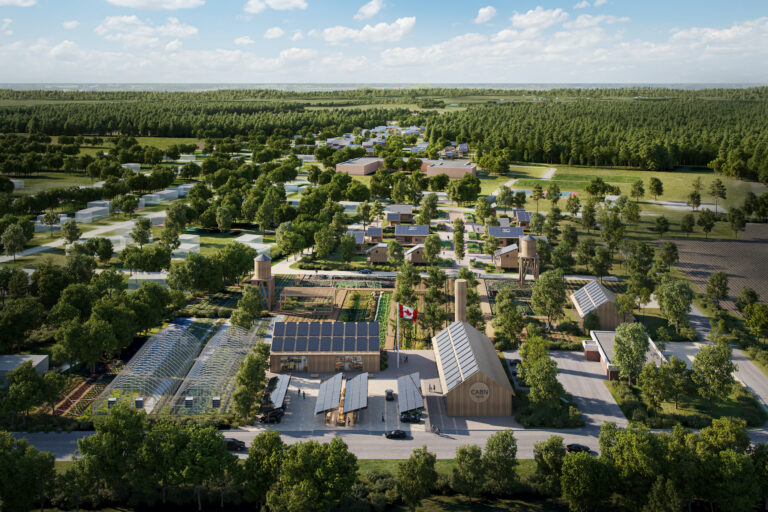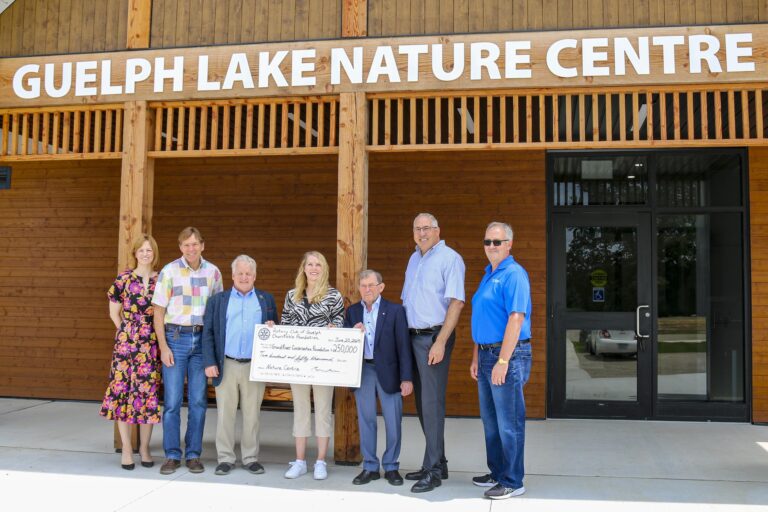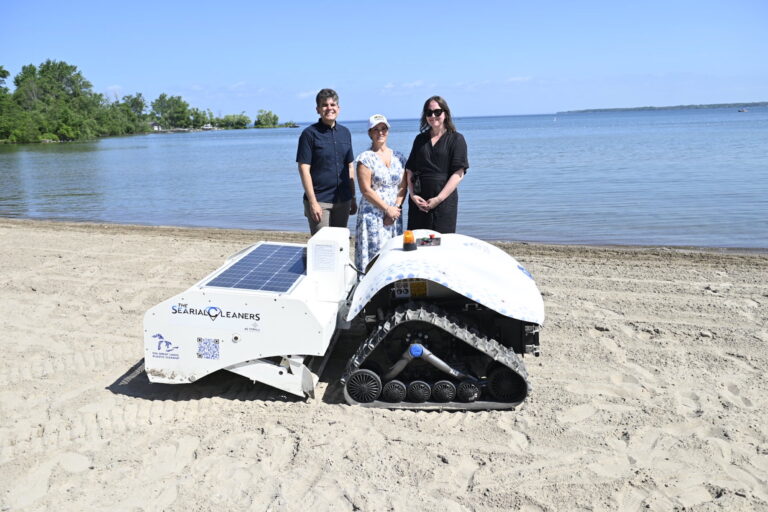Tuesday, July 1, 2025
Many readers of Environment Journal will be familiar with the concept of distributed power generation, defined somewhat loosely as the usually small-scale generation of electricity at or near the location at which it will be used. Based on that definition the concept of distributed wastewater treatment might sound somewhat futuristic.
A recent webinar for members of the Dutch Canadian Circular Alliance (DCCA) brought some technical and economic reality to the concept of distributed wastewater treatment. The president of the Ontario Onsite Wastewater Association (OOWA) reminded the audience that one form of decentralized wastewater treatment, the septic system, has been used in Canada for many decades and is still the preferred method of wastewater treatment in many rural areas and areas remote from “the Big Pipe.”
In these areas the onsite treatment of both grey water (wastewater from sinks and washing facilities) and blackwater (wastewater from toilets) can be the environmentally and economically preferred solution. With a number of new technologies available which can reduce the land area required for effective wastewater treatment compared to that required for a septic system one might suggest that onsite systems should become much more popular than they are today in areas not already served by municipal sewage collection systems.
The problem seems to be lack of knowledge about onsite systems among land developers and redevelopers, planners, regulators, and the construction industry as a whole.
The advantages of an onsite system in these un-serviced areas may include:
- lower capital and potentially lower operating costs compared to centralised wastewater treatment systems;
- less complex maintenance requirements;
- much less disruption during installation because the amount of excavation is significantly reduced;
- lower greenhouse gas emissions as a result of less use of concrete and perhaps less steel for tanks and pipes, plus less use of electricity during operation of the system as a result of lower pumping requirements;
- readily scalable for single family and multifamily residential as well as small industrial, commercial, industrial and small community applications.
To benefit from these advantages society needs the following: more initiatives promoting the benefits of onsite wastewater treatment systems in appropriate situations; a review of building codes and municipal bylaws to remove barriers to these systems; and, more creative but technically valid specifications from developers and planners.
In an era when governments are trying to build as many new homes as possible as quickly as possible onsite wastewater treatment technology would seem to present a sound approach to removing the barrier of “no sewers” from otherwise developable lands.
More information about onsite wastewater treatment systems is available here.
![]()
Colin Isaacs is a chemist with practical experience in administration, municipal council, the Ontario Legislature, a major environmental group, and, for the past three decades, as an adviser to business and government. He is one of the pioneers in promoting the concept of sustainable development for business in Canada and has written extensively on the topic in the popular press and for environment and business platforms.











